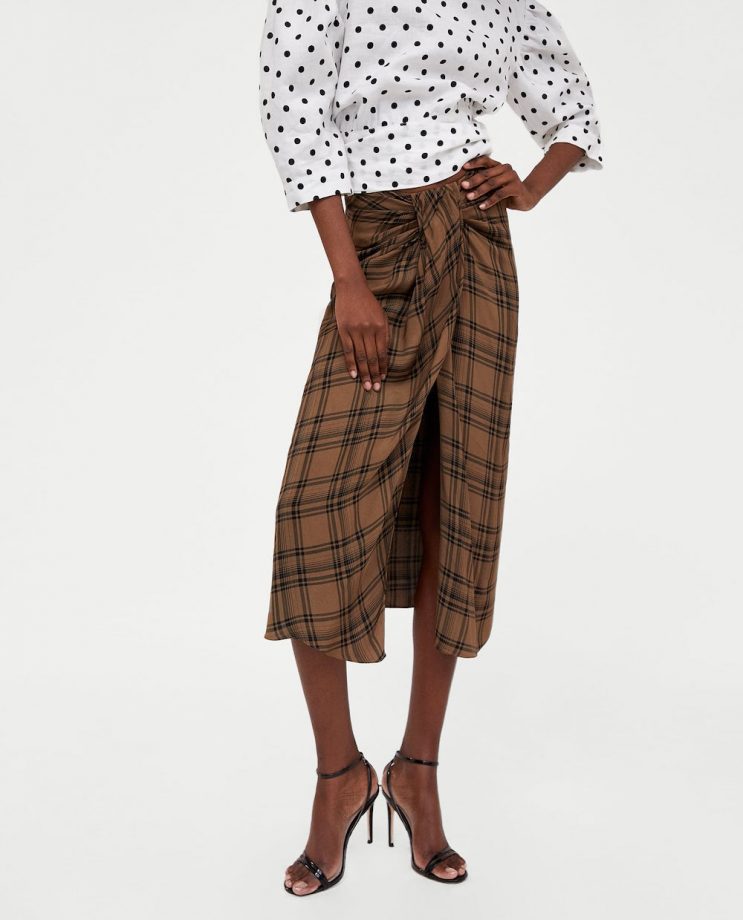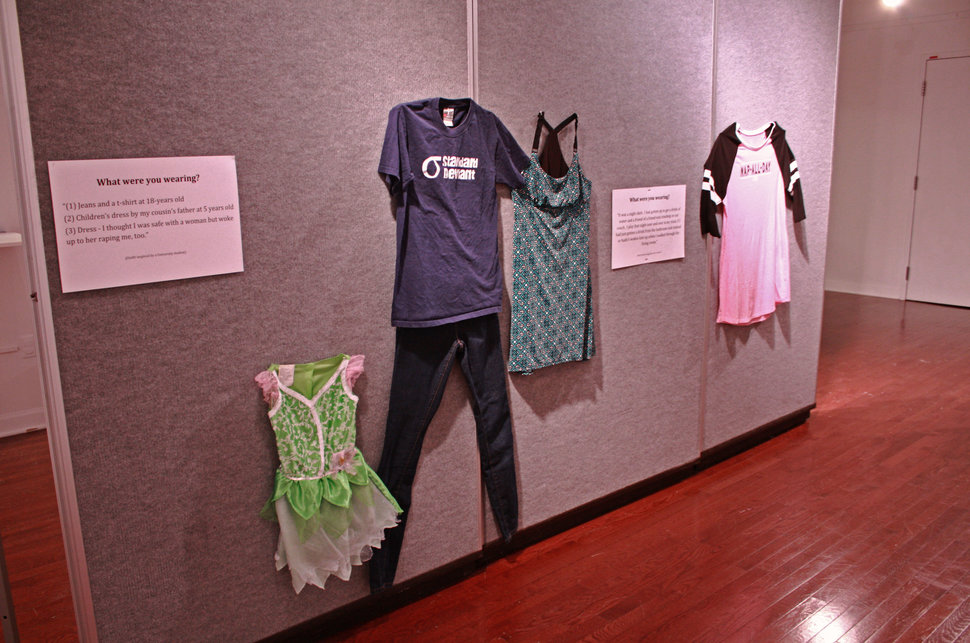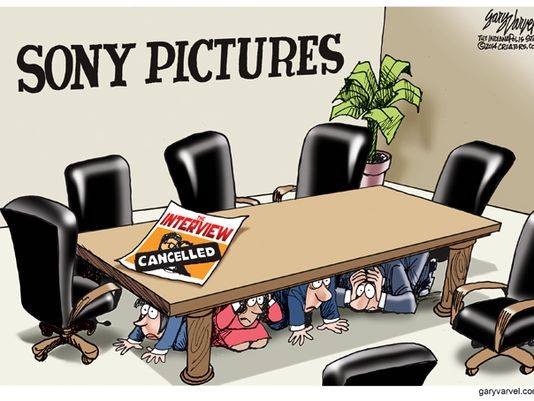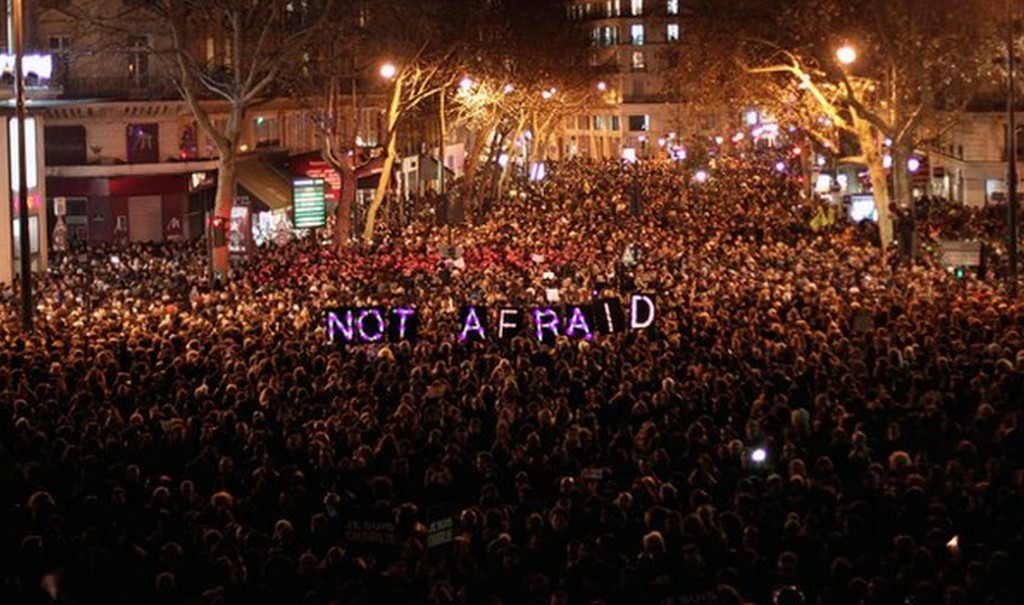Inspiration for fashion can stem from any source; however, John Galliano is one of the very few fashion designers in the world who can say that he drew inspiration from war. In 2008, he debuted his menswear collection at Paris Fashion Week, and received both positive and negative feedback as a result. His theme? Torture.
Galliano’s collection suggested attempts to comment on Abu Ghraib, the prison in Iraq where personal of the United States Army and the Central Intelligence Agency committed a series of human rights violations against prisoners. These violations include, but are not limited to, physical and sexual abuse, torture, rape, sodomy, and murder. These abuses against the detainees were publicized in late 2003, and severe backlash faced the United States government as President George W. Bush attempted to portray the abuses as isolated incidents rather than ones that were connected with the whole of the general United States policy.
5 years after this horrific set of controversies, Galliano took some of the most iconic photos of these incidents and reimagined them into a brand for his newest collection. At a stark contrast with the other designers’ collections, Galliano’s models were bloodied and dirtied. The models were coated with dust and shoved out onto the stage, with many of their faces covered by black bags with eyeholes cut out and bloody gashes adorning their torsos. Some of the models even had nooses hanging loose around their necks. These torturous designs were coupled with suggestive clothing pieces; models wore tight-fitting clothes and barely-there underwear, showing off their bodies and the fake injuries on them.
To some, Galliano went beyond street style to provoke thought. Fashion history teacher Kathleen McDermott supported Galliano’s line, stating that he used fashion to “provoke the viewer and have them ask questions.” According to McDermott, Galliano made “beautiful, beautiful, beautiful things but [with] a very strong edge.”
On the other side of the spectrum, critics of Galliano’s line accused the designer of trivializing the incidents that occurred at Abu Ghraib. They argued that Galliano’s collection fetishized torture, turning the horror Abu Ghraib into what some might call a “fashion-forward” design. Again, McDermott came to Galliano’s aid by saying that he was using couture to make shocking political commentary. Galliano himself did not seem inclined to comment on his own collection, and instead allowed the public to speculate on the meaning of his fashion.
This is not the only time that torture has been used in high fashion, either. The Italian fashion magazine Vogue Italia had its models pose in its own version of “terror chic,” depicting thin models in submissive poses and S&M outfits. Again, the models’ outfits in the magazine seem to be inspired by none other than Abu Ghraib.
The incidents that occurred at Abu Ghraib sparked a movement in the fashion industry, and couture designers soon caught on to the “aesthetic and money-making appeal” of sensationalized, sexual, and physically humiliating fashion. At this time, the self-titled “terror chic” became extremely popular, and was all the rage on European catwalks. Fashion designers dressed their models in tight-fitting, sexually explicit clothing marred by blood, dirt, and grime and attempted to make a critical commentary on torture rather than use the shocking visuals to excite the hyper-sexualized imaginations of fashion-forward innovators. However, did Galliano succeed in using his clothing line to create a commentary on Abu Ghraib, or did he just throw his dirtied models onto the runway for shock value?
While Galliano was attempting to recreate the idea of “terror chic,” he might have gone too far by sexualizing the horrors of Abu Ghraib. Although Galliano used his menswear collection to make a political commentary about the ethics and morals of the United States military, and all crime in general, the use of a specific dark incident on American history may have crossed a line. He sensationalized the reality of the situation, turning Abu Ghraib into a theme around which he could build his collection. Even though many fashion designers use their clothing lines to spark political and social commentary about the world, Galliano’s use of one of the United States’ worst moments is perhaps taking it too far.
Despite the intention behind the creation of the collection, Galliano’s line made the audience question where the line between appropriate and inappropriate is. The Abu Ghraib-inspired outfits were meant to stimulate thought about torture and the horrors of that particular incident, but did it achieve this outcome or did it just shock the audience into hatred of both the line and the designer? One thing can be agreed upon; no matter what the audience thought about the clothing, Galliano’s collection made people’s heads turn.
#johngalliano #torture #fashion #terrorism







